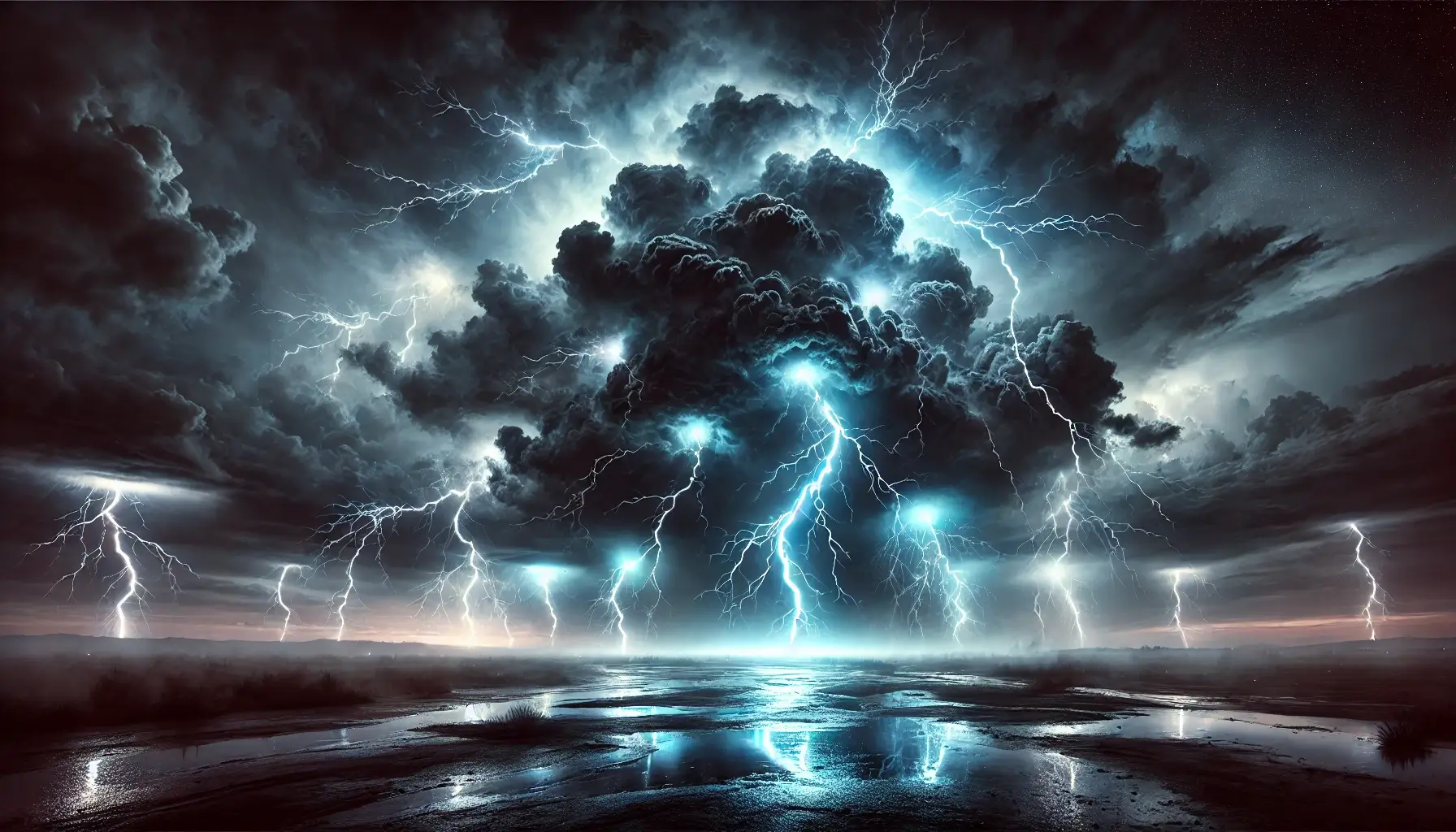In 2012, doctoral student Fusa Miyake made a terrifying discovery. In the tree rings of an ancient Japanese Cedar tree she found evidence of a cosmic event 80x more powerful than the Carrington event, which was the most-powerful CME (Coronal Mass Ejection, an eruption of solar material) known to have hit Earth in the modern era. A Carrington-level CME that arrived today would likely knock out power and critical services for millions, with a recovery measured in tens of billions of dollars, and potentially years of economic devastation and civil strife. A “Miyake Event” would be even worse.
What is the history of Miyake Events?
We know of the Miyake Events because of the cosmic by-products that are left behind. When cosmic radiation interacts with particles in Earth’s atmosphere, it produces unique atomic configurations that are detected by modern techniques. Isotopes Carbon-14, Beryllium-10 and Chlorine-36 are created by this process. Radiocarbon dating (14-C) is a well-known way of dating organic materials that relies on the predictable breakdown rate of this semi-stable isotope. What Miyake discovered was a spike in Carbon-14 in tree rings around 773-774 AD that had no known explanation. Other tree rings and ice core samples later confirmed this date, and the researchers found evidence of several more events.
Miyake Events have been discovered dating to 993 AD, 774 AD, 660 BC, 5459 BC, 7176 BC, and a new one dating to approximately 12276 BC, the strongest to date. Producing more than 2x the Radiocarbon than the event in 993, the latest Miyake Event discovery is estimated to have been over 100x the power of the Carrington event of 1859, which started electrical fires and shocked telegraph operators.
When is the Next Miyake Event?
With gaps in the historical record of Miyake Events as small as 220 years, and as large as 5000, it is not yet clear whether there is a predictable periodicity to them. It has been 1030 since the most recent event, which, if one occurred today, would fit in as the second smallest gap in the record. Which might give us a bit of breathing room, if we plan on our current Miyake Event gap being “average”. However, we don’t know whether these occurrences are part of an ongoing cycle, or just a background probability that occasionally lines up. In fact, we don’t even know what they are.

What is a Miyake Event?
We don’t precisely know what Miyake Events are, but we identify them from the sudden, massive, single-year spikes in the same radioactive isotopes (14C, 10Be, and 36Cl) that are created by the Solar Wind. Since the atomic byproducts are consistent with those produced by normal Solar activity, the leading hypothesis is that they are periods of intense Coronal Mass Ejections, (CMEs) possibly sustained over weeks or months.
A problem with this explanation is that even the strongest known CME, the Carrington Event of 1859, does not show up in the records we use to identify Miyake Events. Which means, either they are not caused by CMEs, or they are orders of magnitude more powerful than the CMEs we’ve experienced in the modern age.
With only inconclusive celestial events recorded in written histories about these times, we can reasonably guess that they are not directly hazardous to biological life – a sudden die-off of animals, crops, or people would probably have been recorded. However, we know that strong CMEs like the Carrington Event of 1859 can induce electrical currents in conductive materials, and with an event 100x as strong or stronger, we can expect significant failure of the electrical components that supply critical services, and the disruption of modern life that follows resulting in mass social upheaval.
How to survive:
A massive disruption in electrical service, communications, and supply chains is not fear-mongering or disaster porn. This is the outcome suggested by famous insurer Lloyd’s when they studied it in 2013 to provide guidance to businesses on what to expect from a Carrington-level event. They estimated between $0.6 and $2.6 trillion in damages, and 1-2 year recovery time if a powerful Geomagnetic storm were to hit the East Coast of the U.S. A previous report from 2003 found that recovery times could be 4-10 years depending on the extent of the damage. While they have made industry-wide improvements to protect power grids against CME-induced shocks, a Miyake Event would be at a level that is far beyond normal parameters. A global collapse of the electric-powered lifestyle is a very real possibility, which means you need to learn how to live without it.

Off-grid basics:
Be ready:
Start preparing a little bit at a time. Purchase the basics, and build up over time. Scale your plan up and down. From a bug-out bag to making your car a mobile command center, to digging a bunker in the hills. Each contingency has its own range of options, but generally, the more you can stash away ahead of time, the better off you’ll be.
Get your top 10 preps squared away first:
For going off-grid, there are many items that can be useful, but the Return On Investment varies. Start with this list:
Top 10 Essential Home Preparedness Items for ANY Disaster
…and consider adding:
- Tools: an axe, a saw, a knife, a shovel, a pick-axe
- Camp cooking: camp stove, fuel, pots
- Protection for Electronics: a Faraday cage or bag for when you’re not using your battery powered walkie-talkies, cell phones, and flash lights.
Start developing skills that you will need in an emergency:
Equipment is nothing without skills. You need to practice using your gear and working around what you don’t have.
- Camping: Practice making a fire and cooking over it. Build a temporary shelter. Practice first aid, like splinting a broken bone.
- Hunting: Learn to shoot, fish, and trap. Field dress and carry out your kill.
- Homestead: Plant a vegetable garden. Learn to harvest seeds and reuse them next year. Preserve foods.
Make a plan:
Don’t strike out from your home without a plan. You need a place to go that you have scoped out before and know how to get to. Stash a map. Writing a plan should involve contingencies, have a backup location. (or two) You don’t know what’s going to happen, so you have to use your imagination prepare for as many scenarios as you can think of.
Be first:
The earlier you react to potentially dangerous situations, the more options you have. If your town goes dark, start a clock on getting out of town. The earlier you leave, the less congestion you’re going to experience, and the further away you are going to be before people start to panic. If you have a long way to go, or if your route takes you through a large city, getting on the road early may make the difference in making it there at all. This is why having a plan created ahead of a disaster puts you in a much better position.
Conclusion:
We don’t truly know what to expect from a Miyake Event, but a global collapse of the modern way of life is a likely worst case scenario. A super-powered CME, or a sustained inflow of Solar Wind is likely to destroy all Earth-orbiting satellites, and take down the electrical grids. The disruption of global supply chains will make food unavailable for those who don’t live near a farm, driving migration from the cities to the farms and battles between the hungry and the productive. By acquiring skills and resources now, you can have the best chance to stay well out of the way of conflict and keep your family safe until civilization recovers.




